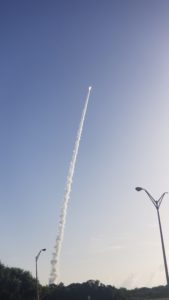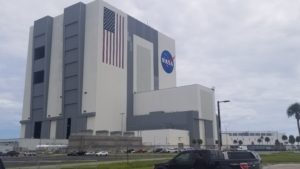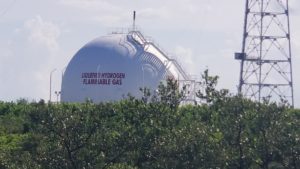How important is maintaining a fire sprinkler system?

 Many say they understand how important it is to conduct proper inspections, testing, and maintenance (ITM) on our fire protection systems, but do they really understand? Many do not find out the true importance of proper ITM of a fire protection system until it is too late. Take NASA for instance – when they are preparing for a launch, there are many parts and pieces that need to be coordinated to ensure everything works like a swiss time piece or, in this case, a rocket launch. How bad would it be if something like a fire pump failure stopped a launch? Something as little as a circulation relief valve not operating could potentially scrub a multi-million-dollar operation.
Many say they understand how important it is to conduct proper inspections, testing, and maintenance (ITM) on our fire protection systems, but do they really understand? Many do not find out the true importance of proper ITM of a fire protection system until it is too late. Take NASA for instance – when they are preparing for a launch, there are many parts and pieces that need to be coordinated to ensure everything works like a swiss time piece or, in this case, a rocket launch. How bad would it be if something like a fire pump failure stopped a launch? Something as little as a circulation relief valve not operating could potentially scrub a multi-million-dollar operation.
NASA probably has just about every type of fire protection system known, installed somewhere throughout all of its facilities. One example is the vehicle assembly building located at the Kennedy Space Flight Center. The building was constructed in 1966 for the assembly of the Apollo/Saturn V moon rocket. It is 525 ft tall and 518 ft wide. It is also home to the largest American flag at 209 ft tall and 110 ft wide. How does one provide fire protection in a building like this? For starters, a very large and stable water supply, then you add twelve fire pumps at various levels of the building. Imagine just the amount of coordination and time that it takes to complete just weekly churn tests, which do not include any of the other mission critical processes that are happening.

Check out this article about the vehicle assembly building: https://www.nasa.gov/sites/default/files/718659main_VAB.pdf
There are several hundred fire protection systems throughout the Kennedy Space Flight Center in Florida. The ITM for these systems are completed by onsite employees that are also responsible for other facility management services. Everyone of their employees is required to sit through a four-day training program describing all of the systems on the base. Then they attend many other types of training for the systems and must demonstrate their ability to properly operate each system before they are allowed to conduct any ITM, repairs, or services on any of their systems.

The reason for this dialogue is to demonstrate the importance of properly maintaining a fire protection system. The majority of buildings with fire sprinkler systems are far less complicated ; however, many of these systems are not properly maintained, and until a fire happens the lack of ITM is never discovered. Without ITM, it will lead to the loss of property and life, and for what reason? The two most common reasons for ITM failure are lack of enforcement and lack of knowledge of the minimum ITM requirements provided in NFPA 25 Standard for Inspection, Testing, and Maintenance of Water-Based Fire Protection Systems. All parties involved in proper ITM must work like a time piece to ensure that the systems are properly maintained to ensure a reasonable degree of protection.
If NASA can keep all of their systems maintained on this large of a scale, then a four-story office building should require far less effort and costs to ensure their fire protection systems are in compliance with the appropriate NFPA standards.
